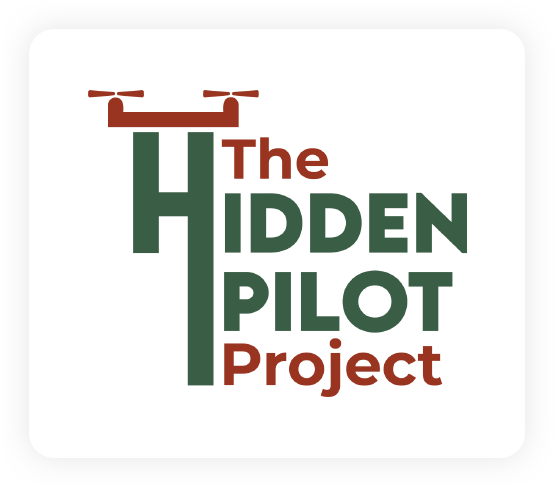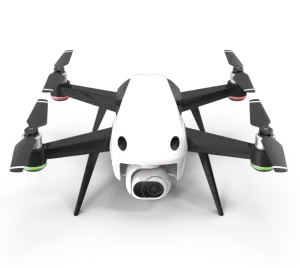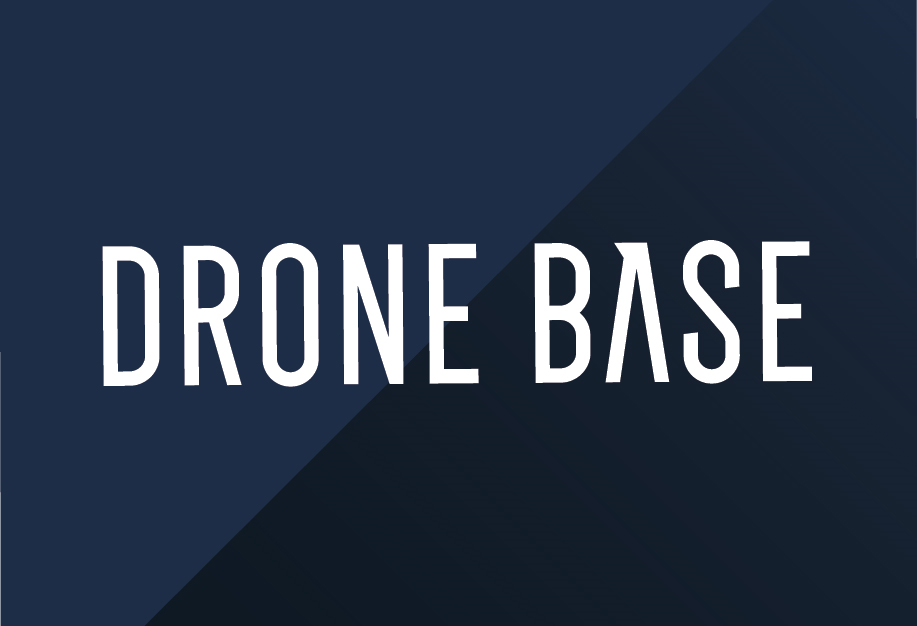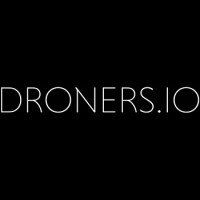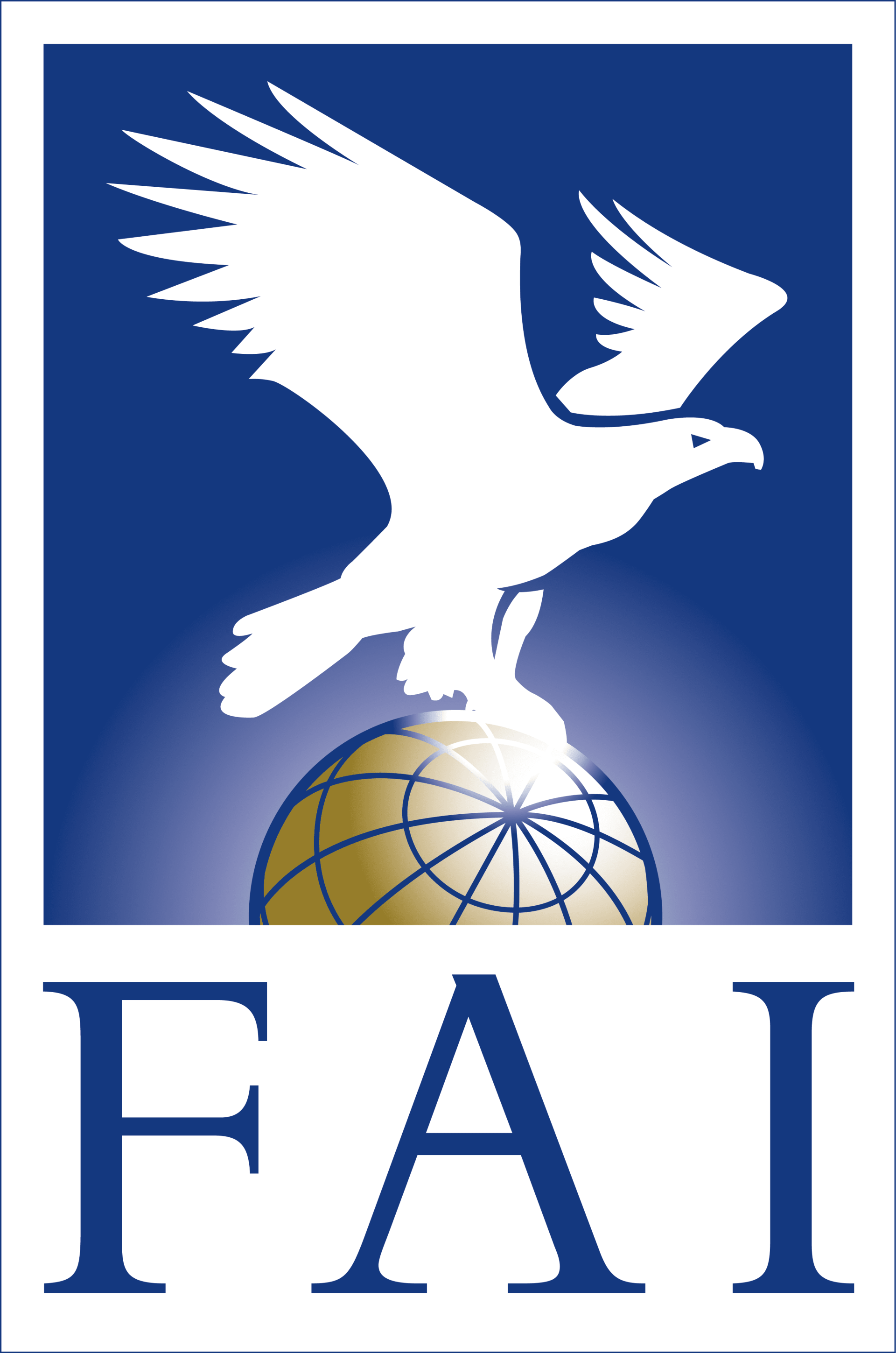The Place Where Pilots are Discovered

The Mission
The Mission of The Hidden Pilot Project is to teach and train black returning citizens and citizens under the supervision of the criminal justice system how to become licensed drone pilots.


OUR PROCESS
Our 4 Step Process to Become A Drone Pilot
STEP 01:
Part 107 Preperation
We prepare our future pilots by taking them through a training course that prepares them to pass the part 107 drone certification exam. Our course is taught by part 107 pilots with years of in the field experience.
STEP 02:
Flight Simulation
We utilize professional drone pilot training software to create a natural flying experience. Students are able to hone their flying skills without the risk of crashing.

STEP 03:
Drone Sports
We develop drone flight skills by having our students participate in extracurricular activities such as drone soccer and drone racing.
STEP 04:
Job Placement
After our students obtain their part 107 certification and participate in our flight simulator trainings, we work with our staffing partners to place our students.

Farm to Flight
Only 1.4 percent of US farmers identify as Black or mixed race compared with about 14 percent 100 years ago. These black farmers represent less than 0.5 percent of total US farm sales (Exhibit 1). Further, Black farmers operate at 70 percent of US peer-level farm revenue with a 14 percent operating margin gap versus their peers, before government payments.
The Hidden Pilot Project is looking to collaborate with black farmers to teach them the benefits of drone technology as a way to obtain more profit. Our Farm to Flight program will hold on site drone demonstrations to show the power of precision agriculture.
Precision agriculture (PA) is the science of improving crop yields and assisting black farmers with management by using high technology sensor and analysis tools. Drones are useful precision agriculture tools for mapping and imaging compared to satellites. Drones fly close to crops while satellites can only provide images from far away. When equipped with advanced sensors, drones can provide multispectral imaging, giving farmers greater detail about how a particular crop is faring.
The use of drones in precision application of chemicals such as pesticides is an important development for the future of agriculture. Using smaller amounts of these agents, in places where they are most needed, can support compliance with regulations calling for pesticide reduction.
Drones also allow black farmers to capture the amount of carbon within the soil as a result of regenerative agriculture.
The Biden administration has created a “Carbon Bank” fund that aims to compensate farmers who store carbon using regenerative agriculture practices. Thermal and Infrared sensors on drones will allow farmers to document these practices which in turn will increase revenue for their farms.
Please Complete the contact form below if you would like one of our pilots to visit your farm for an in person demonstration.
CONTACT US TODAY
Send us your details and we’ll get back to you to schedule a time to talk.
Home - Website Lead
Subscribe to Our Newsletter
Subscribe to our newsletter to receive latest news, tips and updates.
